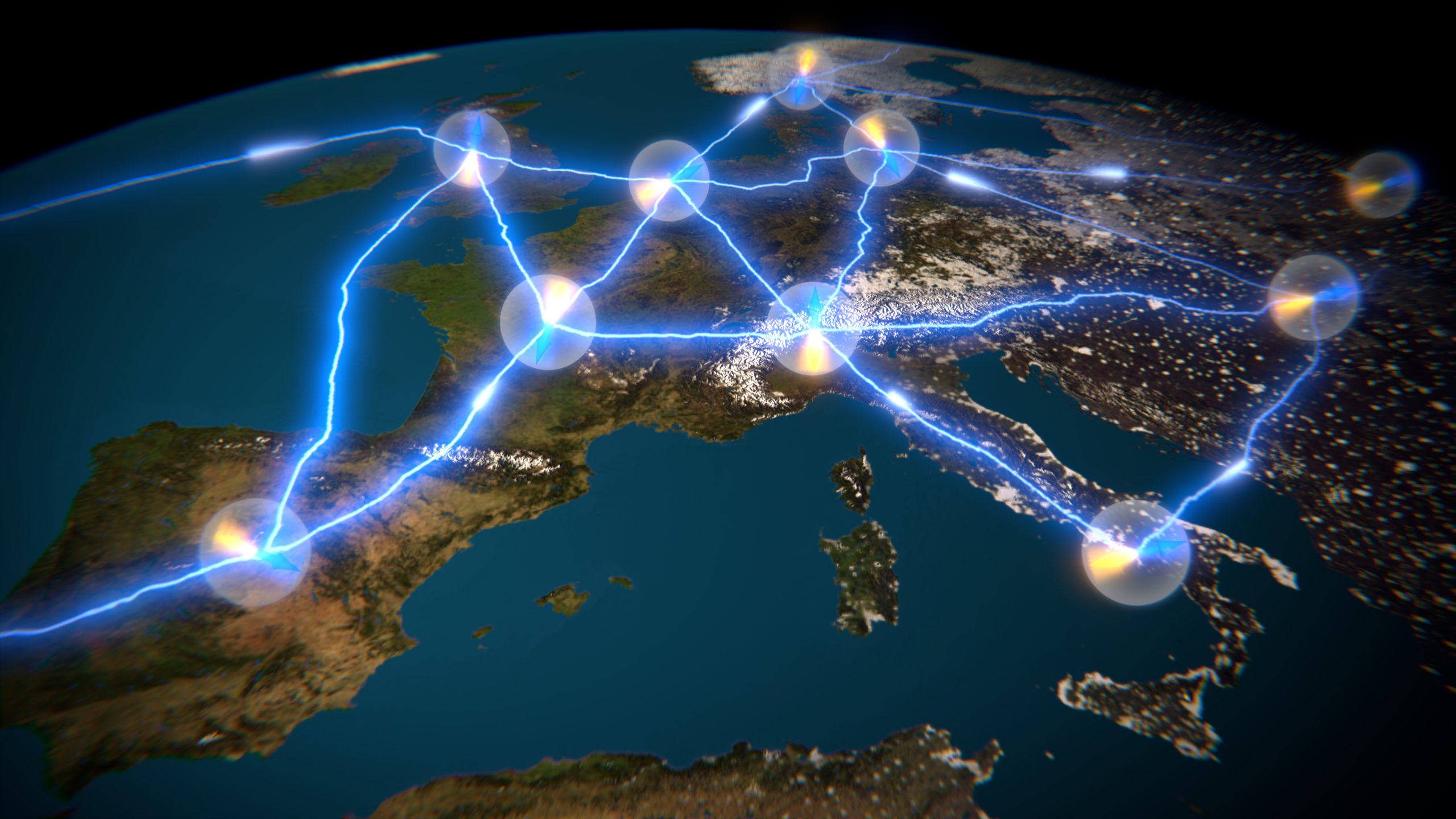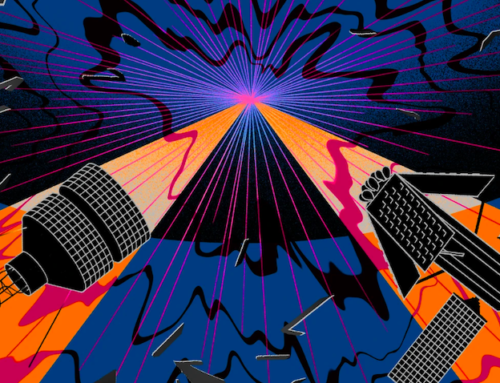Last week’s big quantum news centred on two proof of concept studies, both of which claim to have achieved quantum teleportation using a tripartite unit of quantum information called a qutrit, for the first time. While quantum teleportation has been demonstrated previously, it has only been carried out with qubits, which are capable of storing less information than qutrits but thought to be more stable. The novel feat was achieved independently by two teams, one led by Chinese physicist Guang-Can Guo at the University of Science and Technology of China (USTC) and the other, an international collaboration headed by Anton Zeilinger of the Austrian Academy of Sciences and Jian-Wei Pan of USTC. While both teams have reported their results in preprint articles, the article by the Austrian-led team has been accepted for publication in Physical Review Letters.
Competition for credit of this achievement aside, the team’s findings ultimately support each other in substantiating an advancement in quantum teleportation theory: namely, that quantum networks should be capable of carrying far more information with less interference than previously thought. This advancement—like many in the world of quantum—is likely to be found most exciting for physicists, evading the grasp of an applied significance for those of us with less scientific minds. Nevertheless, the notion of quantum teleportation has once again grabbed headlines and imaginations, providing a good opportunity to explore the concept and the applied significance that advancements like this might eventually have on our world.
While it may sound flash, quantum teleportation is an affair less akin to science fiction than one might imagine. On a basic level, quantum teleportation differs from ‘Star Trek teleportation’ because it is used to transmit information rather than macroscale physical objects, like human beings. This is possible because of quantum entanglement, a phenomenon of quantum physics that allows us to look at one particle or group of particles and know things about another, even if those particles are separated by vast distances. Quantum teleportation relies on entanglement to transfer information based on this shared state of being demonstrated by entangled particles. As such, quantum teleportation can be defined as “the instantaneous transfer of a state between particles separated by a long distance”.
Quantum teleportation holds the most obvious promise in the discipline of quantum communication, where its impact in secure communication was established as early as 1997. In 2017, Chinese scientists working with a team in Austria made waves with their announcement that they had achieved transnational quantum teleportation, establishing a quantum-secure connection for a video conference between the Chinese Academy of Sciences in Beijing and the Austrian Academy of Sciences in Vienna, some 7,600 kilometres away from each other. The experiment utilized China’s Micius satellite to transmit information securely using photons. Micius is a highly sensitive photon receiver, capable of detecting the quantum states of single photons fired from the ground. These photons, beamed via Micius, acted as qubits, allowing researchers in both countries to access a shared quantum key and thus enabling them to participate in the quantum-encrypted video call. Critically, should the data have been accessed by a third party, the code would be scrambled, leaving evidence of tampering for researchers at both ends of the connection.
This experiment, facilitated by quantum teleportation, proved two fundamental and impactful theories in quantum physics: that quantum communication can provide a previously unfathomable level of security and that it is capable of doing so on a global scale. Given these capabilities and coupled with the new qutrit proof-of-concept work, the realm of applied possibilities for quantum teleportation is expanding.
Aside from ultra-secure, transcontinental video conferences, one very hyped application for quantum teleportation is in the development of a hyper-fast quantum internet. Due to the entangled state of particles, information is transmitted instantaneously in quantum teleportation—faster than the speed of light. However, the transfer of this information is still required to operate within the current confines of classical communication. As such, even quantum information must travel through ground-based fibre optic cables or via photon-sensitive space-based satellites, like China’s Micius. This infrastructure is both expensive and potentially expansive, posing a formidable challenge for a global roll-out of a quantum internet. Still, these early experiments have laid the groundwork for the development of a quantum-secure Wi-Fi by putting theory to the test and producing promising results.
Currently, a team of researchers at Delft University in the Netherlands is working to build a quantum network, using quantum teleportation as the mode of transport for information between linkage points. The project, which aims to connect four cities in the Netherlands, is scheduled for completion in 2020. In China too, researchers are constructing the backbone for a quantum network to connect Beijing and Shanghai. Aside from the support of private corporations such as banks and other commercial entities, progress on the concept of both localised and international quantum networks has been spurned by pressing anxiety about global levels of cybersecurity
A critical advantage to a future quantum internet is the enhanced security afforded by quantum teleportation—the ability to create an unhackable connection. This could have serious implications for national security and could present a potential solution for many foreign surveillance and interference challenges that countries face today. For example, it is now public knowledge in the U.S. that Russia has the demonstrative ability to directly interfere with most paperless voting systems. While states are currently reticent about making changes to the current U.S. vote-casting system, alternatives are slowly being considered—from regressive paper ballot casting to progressive blockchain applications—in order to safeguard American votes against hacking efforts. Quantum teleportation could offer an interesting alternative in this space as the technology continues to develop.
Though quantum teleportation will not be transporting human beings between planets any time soon, it will play a key role in ushering in an internet revolution. While it remains to be seen exactly how that revolution will play out, it is clear that it will bring an unprecedented level of security and speed to global communications. It is also apparent that the level of interest in the secure and high-speed communications afforded through quantum teleportation is broad and deep, spanning both public and private sectors across the globe. Quantum teleportation has recently seen a number of experimental proofs, pushing the field of quantum communications to the fore of quantum development and promising to deliver a much sought-after security transformation within the decade.







Fascinating!
[…] their use of quantum repeaters, which provide an infrastructure to teleport the quantum entangled information across the link, the Delft team incorporates the use of quantum […]